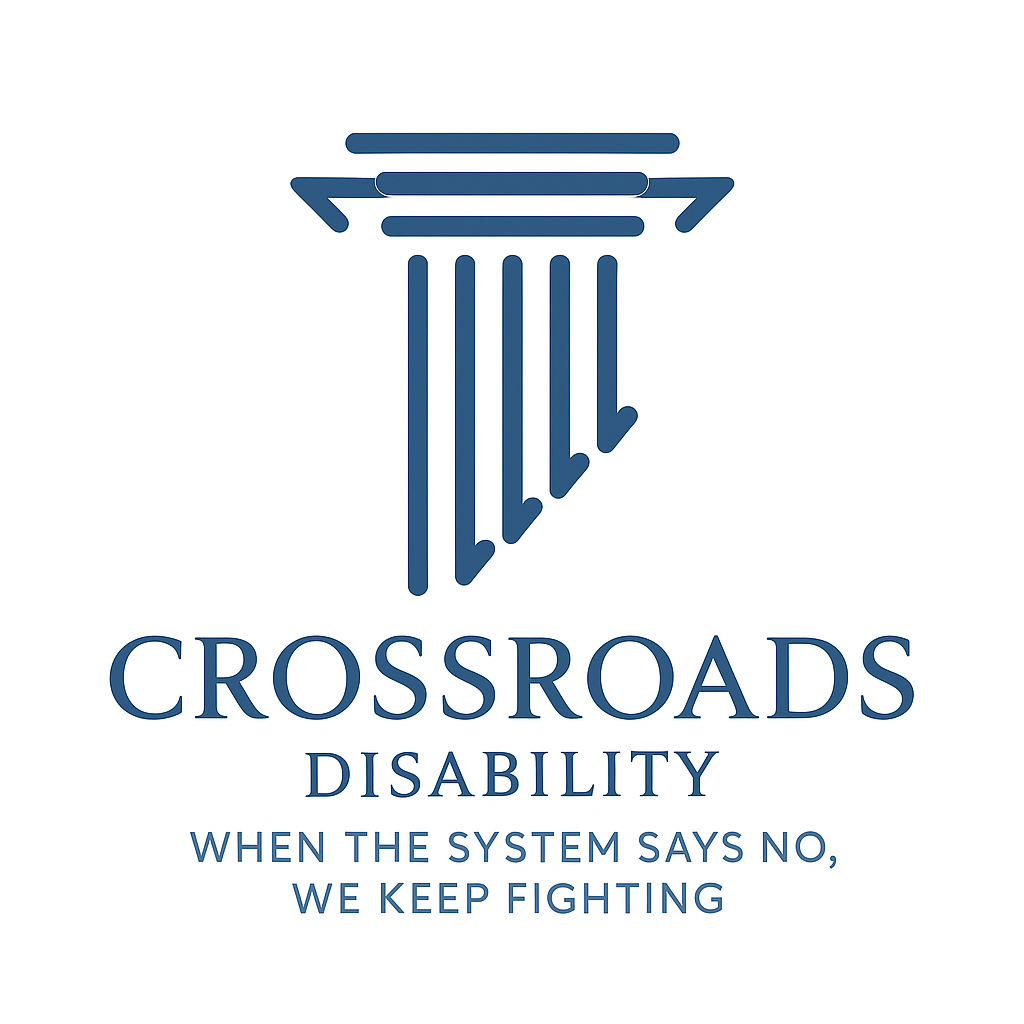Back Problems and Social Security Disability: What You Need to Know
A Complete Guide to Winning Disability Claims for Spine and Back Disorders

Back issues are one of the most common reasons people apply for Social Security Disability Insurance (SSDI) and Supplemental Security Income (SSI). Severe spine problems can make it difficult—or even impossible—to work, especially in jobs that require standing, lifting, bending, or sitting for long periods.
But not all back pain meets Social Security’s strict definition of disability.
This guide explains how Social Security evaluates back issues, what evidence they look for, and what you can do to strengthen your claim.
Common Back Conditions That May Qualify
Social Security does not approve claims based on pain alone. You need a medically diagnosed condition supported by imaging and treatment records.
These are some of the most common back conditions that lead to disability approval:
1. Degenerative Disc Disease (DDD)
Age-related disc deterioration causing pain, reduced mobility, and nerve irritation.
2. Herniated or Bulging Discs
Discs pressing on nerves can cause severe pain, weakness, numbness, and limited movement.
3. Spinal Stenosis
Narrowing of the spinal canal, often causing nerve compression, pain, and difficulty walking.
4. Sciatica / Radiculopathy
Nerve root compression that radiates down the legs, often confirmed by MRI or EMG.
5. Spondylolisthesis
A vertebra slides out of place, creating instability and chronic pain.
6. Failed Back Surgery Syndrome
Persistent symptoms after one or more spine surgeries.
7. Osteoarthritis of the Spine
Joint degeneration that limits movement and causes chronic pain.
8. Compression Fractures
Often due to trauma or osteoporosis, causing severe and lasting pain.
How Social Security Evaluates Back Problems
SSA uses a structured approach to decide whether your back condition is disabling.
1. They Look for Objective Medical Evidence
SSA wants to see:
- MRI results
- X-rays
- CT scans
- EMG/Nerve conduction studies
- Surgical reports
- Physical therapy notes
- Pain management documentation
Pain MUST be supported by clinical findings.
2. They Compare Your Condition to Social Security’s “Blue Book” Listing
The main listing for back disorders is Listing 1.15 (disorders of the skeletal spine).
To meet the listing, you generally need:
- Evidence of nerve root compression
- Reduced reflexes and motor strength
- Limited range of motion
- Positive straight-leg raise test
- Ongoing pain despite treatment
- Difficulty walking or maintaining posture
Not everyone meets the listing, but you may still win through Residual Functional Capacity (RFC).
3. They Evaluate Your Residual Functional Capacity (RFC)
The RFC is one of the MOST important parts of your claim.
SSA looks at:
- How long you can sit, stand, or walk
- How much you can lift or carry
- Whether you need to lie down or elevate your legs
- Whether you can bend, twist, or stoop
- How often pain interferes with concentration
If SSA determines your limitations prevent you from sustaining work 8 hours a day, 5 days a week, you may be found disabled—even if you don’t meet a listing.
Functional Limitations That Strongly Support a Back Disability Claim
Back cases are often won based on functional limitations, not just diagnosis.
The following limitations are powerful evidence:
- You cannot sit more than 20–30 minutes without changing position
- You cannot stand longer than 10–15 minutes
- You cannot lift more than 10 pounds
- You need a cane, walker, or other assistive device
- You need to lie down during the day due to pain
- You cannot bend, twist, or stoop regularly
- Your pain prevents sustained concentration
- You have significant leg numbness or weakness
These limitations must be documented in your records or RFC forms.
Treatment History Matters
SSA also wants to see that you’ve tried appropriate treatment, such as:
- Physical therapy
- Epidural injections
- Pain management
- Medications
- Surgery (if recommended)
- Chiropractic care
- Specialist evaluations
You don’t need to try every treatment, but you must show you are following medical advice.
The Importance of Consistent Medical Records
Back cases often get denied because:
- There are gaps in treatment
- Records lack detail
- Pain levels are not mentioned consistently
- Imaging is outdated
- Doctors fail to document functional limitations
Social Security relies heavily on documentation, so regular treatment is essential.
Can You Win a Back Disability Case Without Surgery?
Yes.
You
do not need surgery to be approved.
Many claimants cannot undergo surgery or choose conservative care.
What matters is:
- The severity of your symptoms
- Objective findings
- Your RFC
- How consistently your limitations are documented
Attending the Consultative Examination (CE)
SSA may send you to a consultative exam if:
- Your imaging is old
- Your records are incomplete
- They need updated functional testing
Do not skip the CE.
Missing it can result in an automatic denial.
When Back Pain Qualifies for Disability
You are likely to be approved if your condition:
- Has lasted or is expected to last 12 months
- Prevents you from performing any type of full-time work
- Is supported by imaging and consistent treatment
- Causes significant functional limitations
Final Thoughts: Back Issues Are Serious — And We Can Help
Back problems are one of the leading causes of disability in America.
If your pain makes it difficult to work, sleep, or function day-to-day, you may qualify for Social Security Disability benefits.
At Crossroads Disability, we help clients build strong cases with:
- Updated medical evidence
- Supportive RFC reports
- Proper documentation
- Hearing-level strategy
- Appeals when necessary
If you're struggling with back pain and thinking about filing for disability—or you’ve already been denied—we’re here to guide you every step of the way.










